In a nation celebrated for its pristine landscapes and environmental consciousness, New Zealand's public transport system often seems like a natural extension of its green ethos. However, beneath the surface lies a complex web of challenges that hinders its effectiveness. This article explores why New Zealand's public transport system isn't as efficient as it might appear, focusing on unique insights, data-driven analysis, and the impact on both the environment and economy.
🚍 The Illusion of Efficiency: A Closer Look at New Zealand's Public Transport
While public transport systems in major cities like Auckland and Wellington are frequently praised for their potential to reduce carbon emissions and ease traffic congestion, the reality is more nuanced. Despite significant investments, the system continues to grapple with inefficiencies, rising operational costs, and limited reach in rural areas.
The Economic Perspective: A Double-Edged Sword
Public transport is often viewed as a cost-effective solution for both commuters and the government. However, according to a report by the Ministry of Business, Innovation, and Employment (MBIE), the operational costs of maintaining and upgrading public transport infrastructure are escalating. In 2022, local councils spent over NZD 1.5 billion on public transport systems, with a significant portion allocated to operational subsidies—costs that are inevitably passed onto taxpayers.
Data-Driven Insight: Ridership vs. Operational Costs
Despite these investments, a study conducted by Stats NZ revealed a paradox: while urban ridership has increased by 15% over the past five years, the operational costs have surged by 30%. This disparity highlights a critical issue: the financial sustainability of public transport systems in New Zealand is under strain, raising questions about long-term viability.
🗺️ Real-World Case Study: Auckland's Public Transport Dilemma
Case Study: Auckland Transport – Balancing Growth and Efficiency
Problem: Auckland, New Zealand’s largest city, faced a growing demand for public transport to alleviate traffic congestion and reduce emissions. However, the existing infrastructure struggled to accommodate this demand efficiently. A key challenge was the city's sprawling geography, which made it difficult to provide comprehensive coverage.
Action: Auckland Transport implemented an integrated public transport network, incorporating buses, trains, and ferries. They introduced the AT HOP card system to streamline payments and improve user experience. Additionally, the city invested in expanding its rail network and introduced electric buses to reduce environmental impact.
Result: Within two years, Auckland Transport reported a 20% increase in public transport usage. However, the infrastructure costs rose by 25%, and the system's reliance on government subsidies remained a significant concern. The introduction of electric buses did contribute to a 10% reduction in carbon emissions.
Takeaway: The case study underscores the importance of balancing growth and efficiency in public transport systems. While Auckland made strides in increasing ridership and reducing emissions, financial sustainability remains a challenge. Cities in New Zealand must consider innovative funding models and technology integration to create a truly efficient public transport system.
🌍 Global Perspective: Lessons from Singapore
While New Zealand grapples with its public transport challenges, global examples offer valuable lessons. Singapore, known for its efficient public transport system, provides a benchmark for what is possible with strategic planning and execution.
Singapore's approach focuses on integrating land use with transport planning, ensuring that public transport is accessible and convenient for all residents. By implementing a comprehensive network that includes buses, trains, and seamless interchanges, Singapore has managed to keep operational costs in check while maintaining high service standards.
New Zealand could benefit from adopting similar strategies, particularly in terms of integrating urban planning with transport infrastructure to ensure accessibility and sustainability.
🔍 Common Myths and Mistakes in Public Transport
- Myth: "Public transport is always the greener option."Reality: While public transport reduces individual carbon footprints, inefficiencies and outdated technologies can negate environmental benefits. Upgrading to electric fleets and optimizing routes are crucial for true sustainability.
- Myth: "Increased ridership automatically reduces costs."Reality: Rising ridership without corresponding infrastructure improvements can lead to overcrowding and increased maintenance costs, as seen in Auckland's case.
- Myth: "Government subsidies will always cover operational deficits."Reality: Relying on government subsidies is not sustainable long-term. Innovative funding models, such as public-private partnerships, are essential for financial viability.
🤔 Pros and Cons of New Zealand's Public Transport System
✅ Pros:
- Encourages reduced car usage, leading to lower emissions.
- Potential for urban development and economic growth in areas serviced by public transport.
- Improves accessibility for non-drivers, particularly in urban areas.
❌ Cons:
- High operational costs that often exceed budget projections.
- Limited coverage in rural areas, leaving significant portions of the population underserved.
- Reliance on government subsidies, which may not be sustainable long-term.
🔮 Future Trends and Predictions
The future of public transport in New Zealand will likely be shaped by technological advancements and innovative funding models. According to the Reserve Bank of New Zealand, integrating smart technologies such as AI-driven route optimization and electric vehicle fleets could significantly reduce operational costs and improve service efficiency by 2030. Moreover, embracing public-private partnerships could offer financial sustainability, ensuring that public transport systems remain viable and effective.
📖 Final Takeaways
- Public transport plays a vital role in reducing emissions and congestion, but financial sustainability remains a challenge.
- Innovative solutions, such as integrating land use with transport planning and adopting smart technologies, are crucial for future efficiency.
- New Zealand must look beyond government subsidies and explore alternative funding models for long-term viability.
What do you think about New Zealand's public transport system? Share your insights below!
🔍 People Also Ask (FAQ)
- How does public transport impact New Zealand's economy?Public transport supports urban development and economic growth by improving accessibility and reducing traffic congestion, which can enhance productivity and reduce costs for businesses.
- What are the biggest misconceptions about public transport in New Zealand?One common myth is that increased ridership automatically reduces costs. However, without proper infrastructure improvements, this can lead to overcrowding and higher maintenance expenses.
- What upcoming changes could affect New Zealand's public transport?Policy updates focusing on integrating smart technologies and sustainable practices could transform New Zealand's public transport landscape by 2026, making it more efficient and environmentally friendly.
🔍 Related Search Queries
- New Zealand public transport challenges
- Future of public transport in New Zealand
- Public transport vs. private transport in NZ
- Economic impact of public transport in New Zealand
- Sustainable public transport solutions NZ






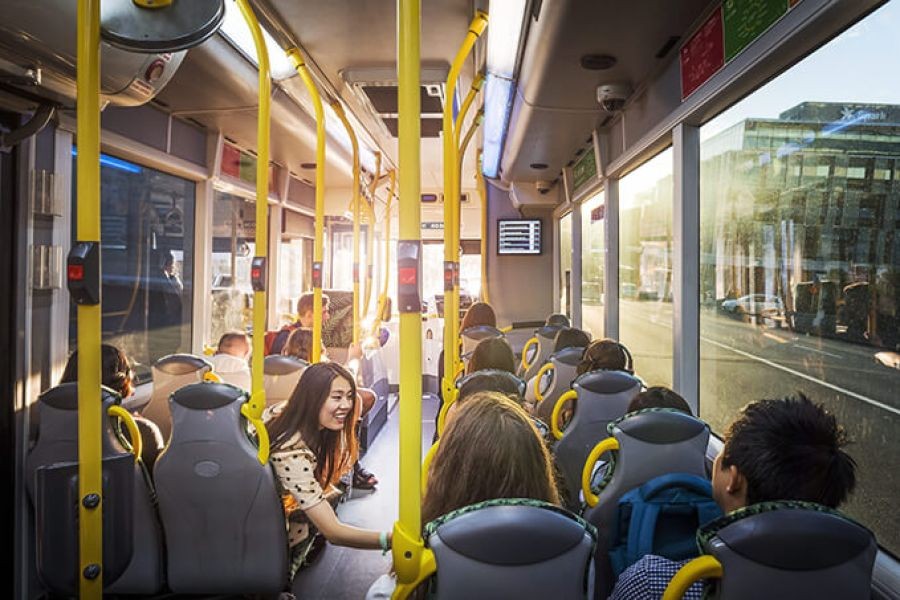











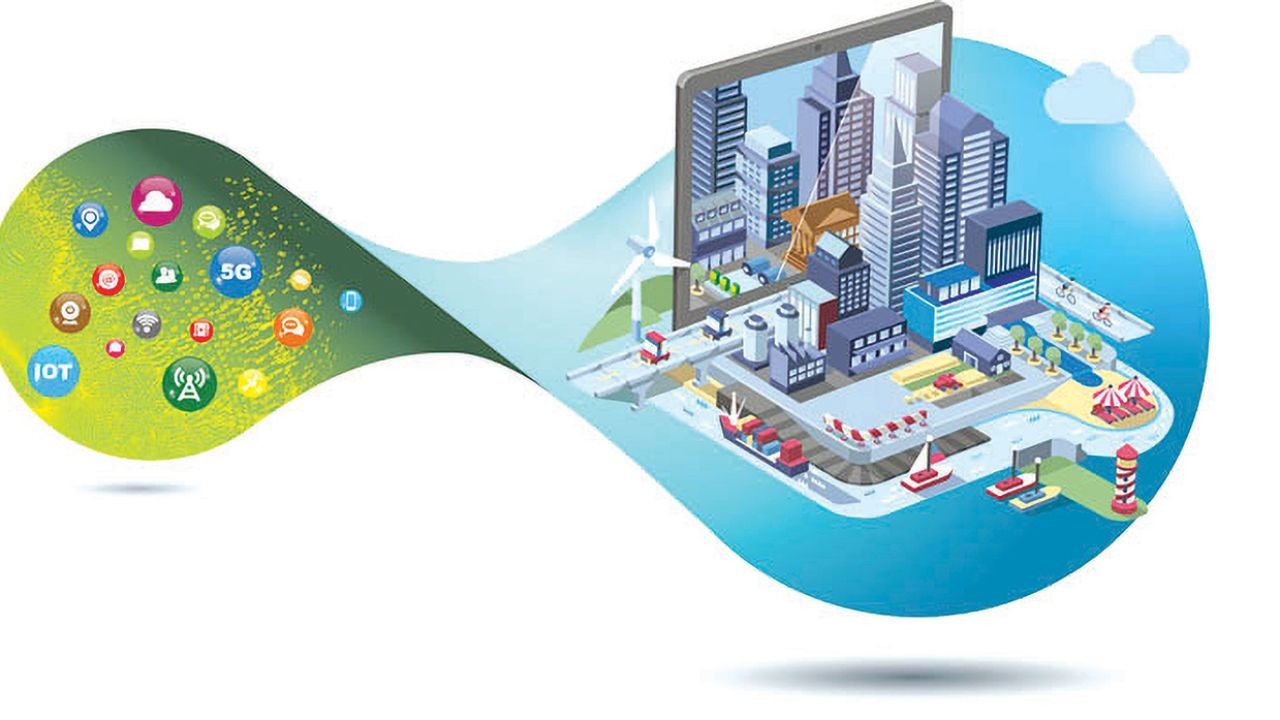
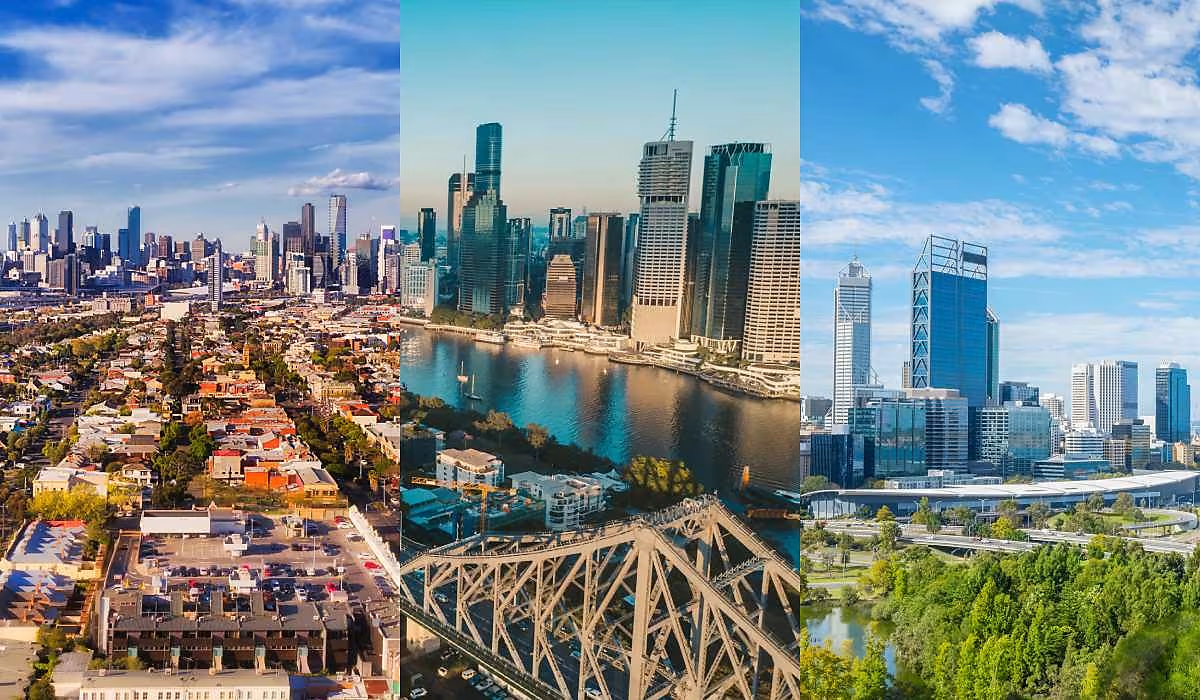




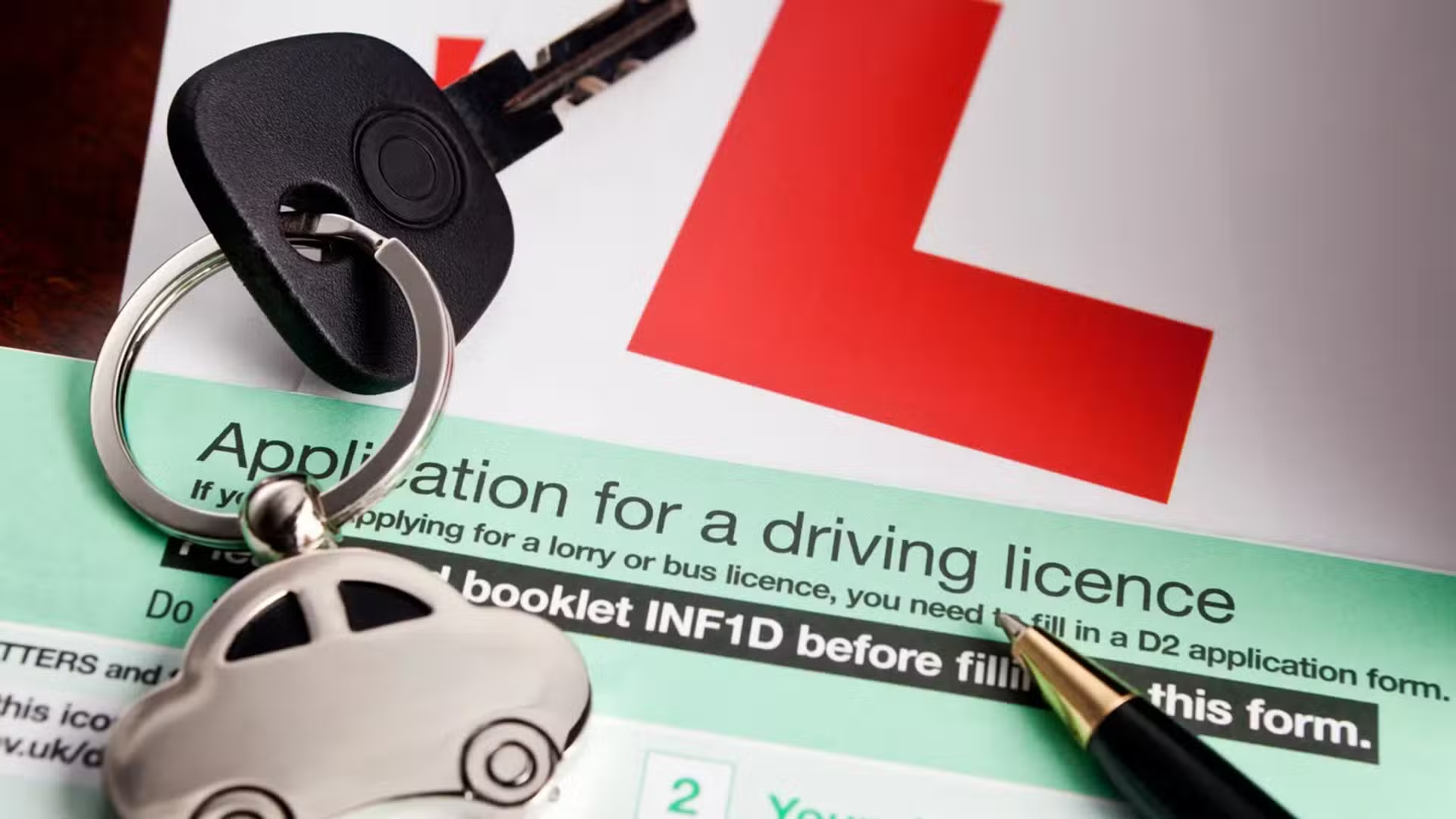



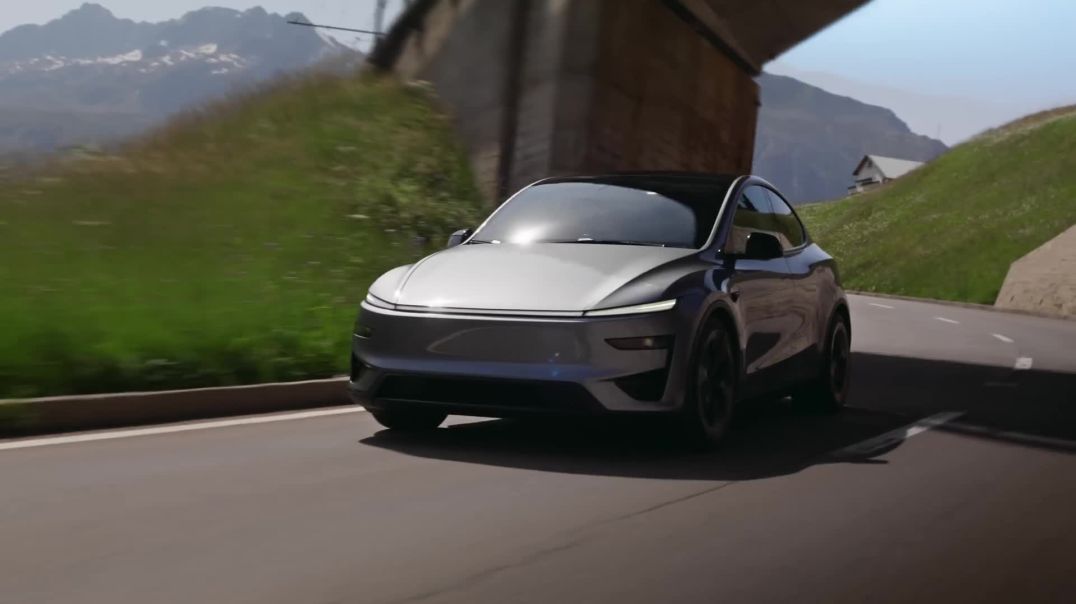


ShaneTritt
7 months ago